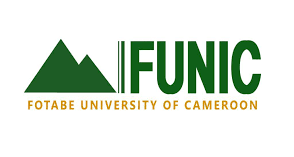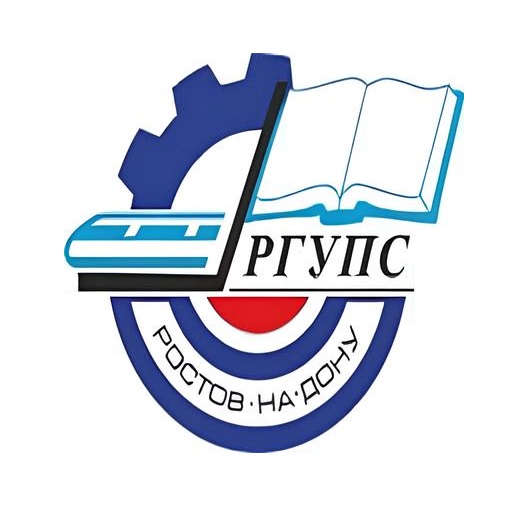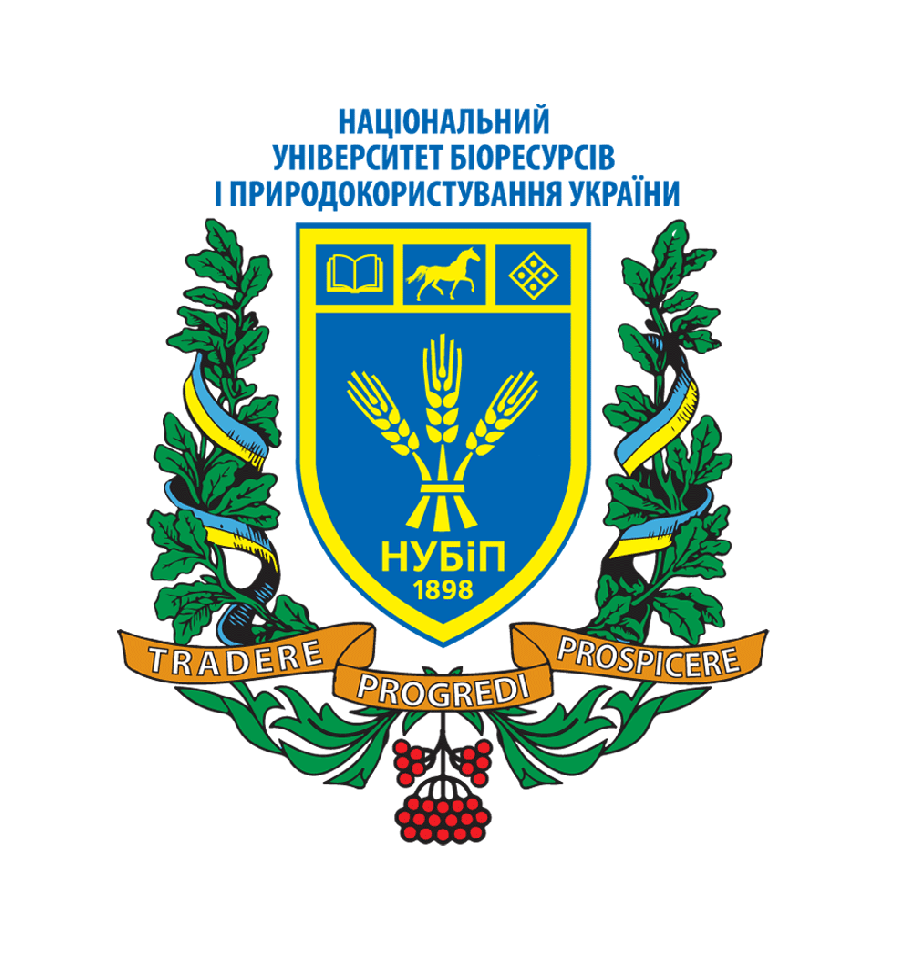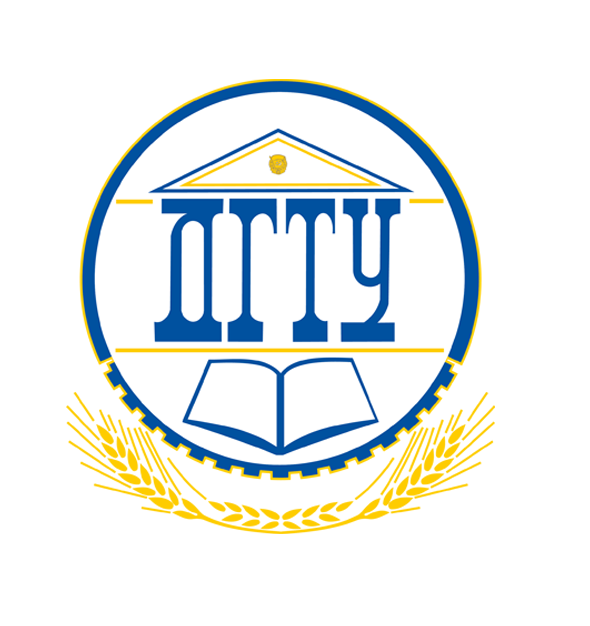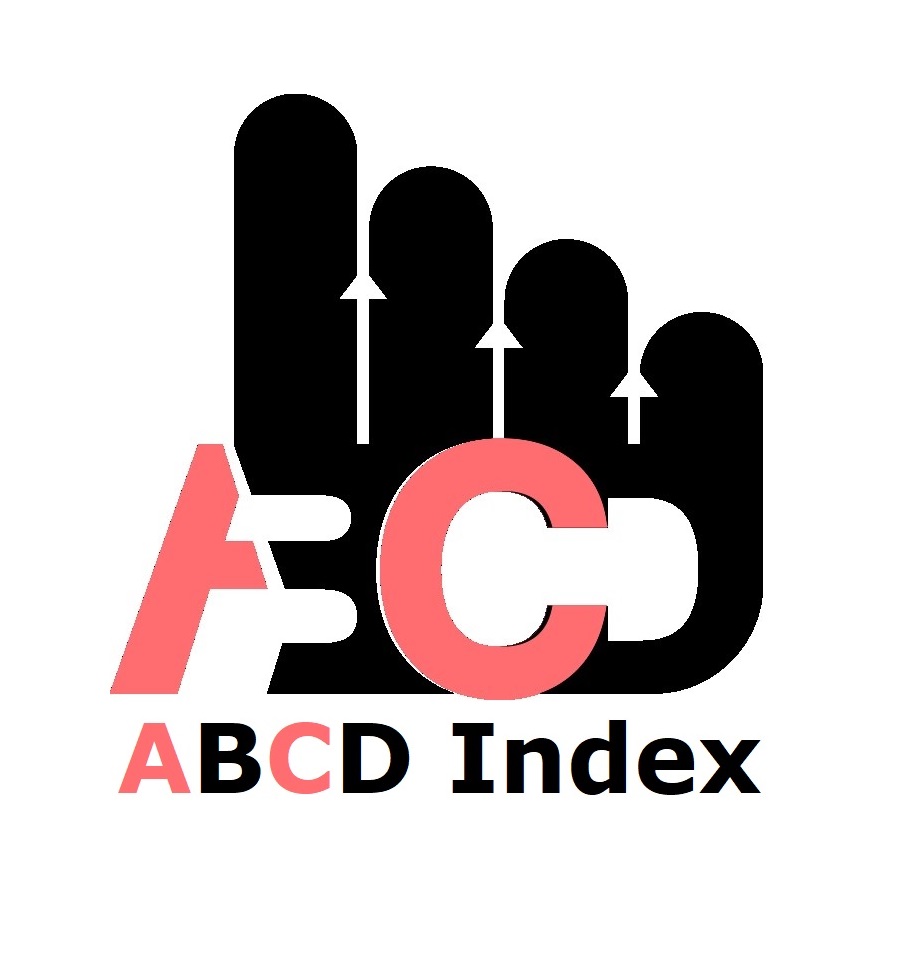Social and Economic Influence of Abanyala Clan Politics on Resource Distribution
Keywords:
Clan & Hierarchies, Agricultural Extension Services, Customs, Socioeconomic StatusAbstract
Like many other communities, the Abanyala clan struggles with the intricacies of resource distribution, which is greatly influenced by the political environment and sociocultural dynamics. Essentially, who has access to resources and how they are allocated are largely determined by the Abanyala clan's political structure. Political elites, or those in positions of power and influence, control resources and, occasionally, put their interests ahead of fair distribution, which leads to inequities. To maintain their advantages, these political elites may use strategies like alliances and patronage networks. Various pieces of literature were reviewed, especially those that are deeply ingrained with historical customs and cultural standards that are similar to the Abanyala clan's interactions between politics and business. These relationships frequently reinforce the socioeconomic status and influence over the resource distribution of particular families or groups according to established hierarchies. Due to its qualitative nature, the study used a descriptive research design. This paper used Thorstein Veblen’s theory to underscore the issue of resource distribution. It helped in analyzing the use of power, the people who profit from it, and the effects on the availability of resources for the larger community. The major finding was the need for the Abanyala clan to allocate resources in a way that is inclusive and deliberate.
Published
How to Cite
Issue
Section
Copyright (c) 2023 Bildad Mutimba Wangia, Kizito Muchanga Lusambili, Jason Momanyi, Josephat Nairutia Kemei

This work is licensed under a Creative Commons Attribution-NonCommercial 4.0 International License.
Most read articles by the same author(s)
- Larry Iswekha Chiteyi, Kizito Muchanga Lusambili, Ahaya Luke Ochieng, A History of the Isukha-Idakho Bullfighting in Western Kenya , African Journal of Empirical Research: Vol. 4 No. 2 (2023): Jul-Dec 2023
- Kemei Josephat Nairutia, Kizito Muchanga Lusambili, Ruth Nyambura, Kenneth Kaunda Odulwa, Pascalia Okoba, Samuel Mukanda Wafula, Caleb Onyango Ondere, Zipporah Jerotich Ruto, Articulation of the Main Ideas of Afrocentrism in Relation to Science and Technology , African Journal of Empirical Research: Vol. 5 No. 3 (2024): Jul-Sep 2024
- Gladys Kerubo Ragira, Kizito Muchanga Lusambili, Josephat Nairutia Kemei, The Response of The Seventh-Day Adventist Church on Management of Youth Drop-Out Rate in Nyamira County, Kenya , African Journal of Empirical Research: Vol. 4 No. 2 (2023): Jul-Dec 2023










